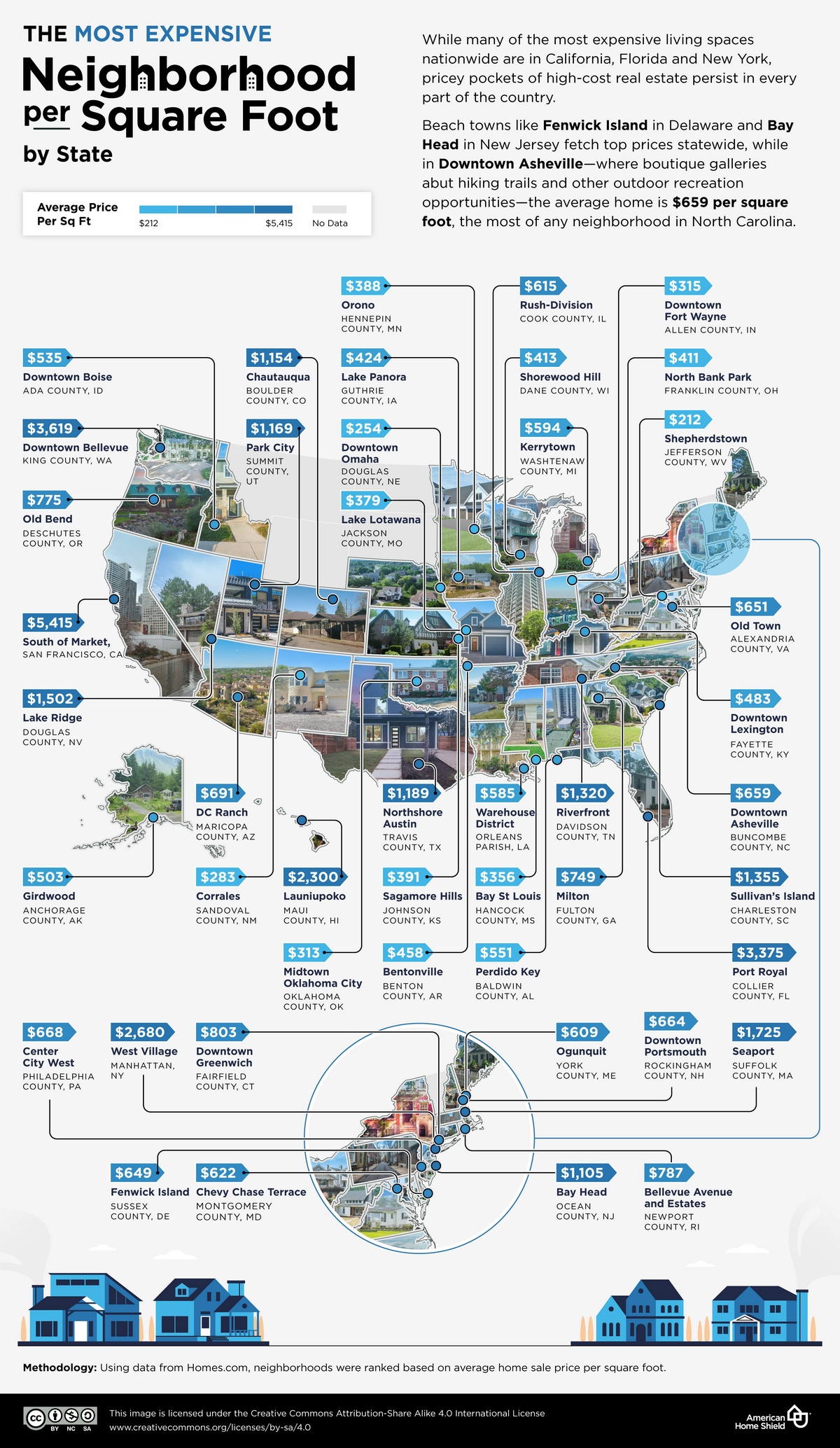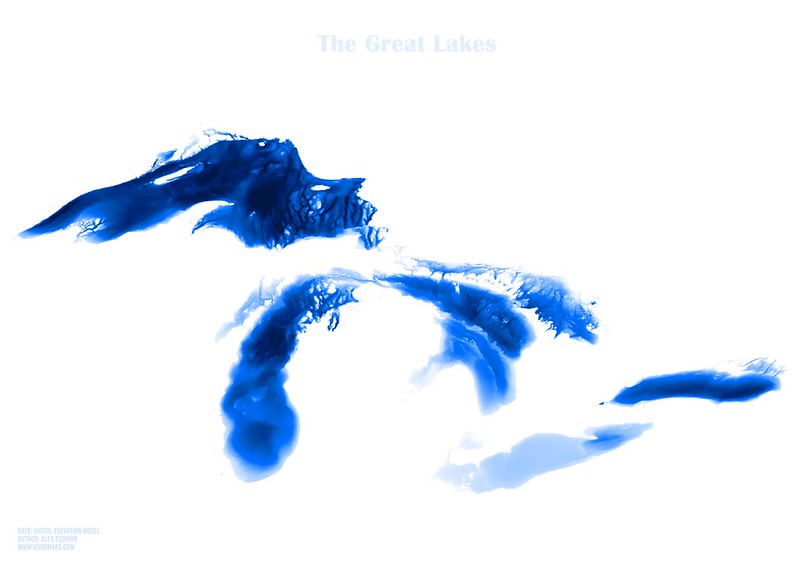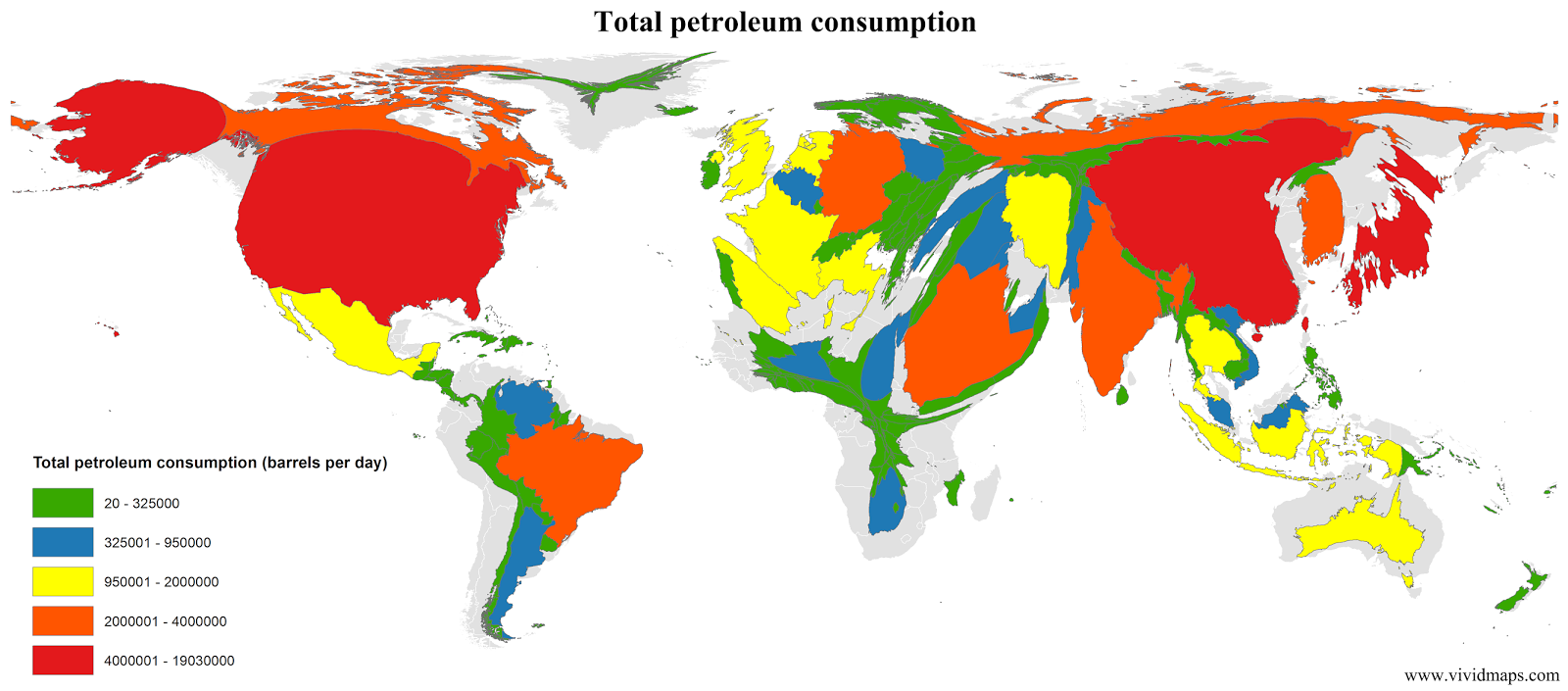Tearing South Africa apart
South Africa is one of the most complex and layered countries in the world — geographically, culturally, linguistically, and politically. Stretching across nearly 1.22 million square kilometers (470,000 sq mi), it’s home to over 60 million people from wildly different backgrounds, each with their own views about what defines “their” South Africa.
And that’s exactly what Reddit user bezzleford playfully explores with a clever set of maps dividing the country not by provinces, but by stereotypes, behaviors, beliefs, and bitter debates. Using everything from electoral patterns to tourism trends, these maps capture the everyday divides South Africans argue over — sometimes seriously, sometimes with a bit of humor.
A Closer Look at the Divisions
Each of these maps is built around real data, perceptions, and exaggerations — some drawn from census numbers, voting trends, language maps, economic zones, and travel statistics. Others lean into satire, showing how South Africans (and visitors) often see their own country.
Here’s what’s included:
- Demographics Map:
One map splits South Africa into majority Black and majority Coloured regions — a nod to how apartheid-era categories still influence modern spatial demographics. - White Population Map:
This one breaks things into “most whites live here,” “some whites live here,” and “white farmers.” It mirrors decades of internal migration and the concentration of white South Africans in certain provinces like the Western Cape and Gauteng. - Voting Habits:
A political map shades areas by how people vote: those who will vote for the ANC regardless of performance vs. those who vote based on actual party policies. - Causes of Death (Humorous):
Dark comedy takes the wheel here. According to this map, South Africans will “die from” AIDS, being murdered, boredom, or drought, referencing both real public health and crime statistics. - Renaming Map:
Some areas have seen everything renamed post-apartheid (think Pretoria vs. Tshwane), while others only had a few changes. It highlights the ongoing tension between post-colonial identity and practical local familiarity. - Mineral Wealth:
Gold, platinum, diamonds, coal — this map divides the country by what’s underground rather than above. - Tourism Zones:
According to this one, international tourists flock to places like Cape Town and Kruger National Park, locals vacation elsewhere, and some lucky spots attract both. - Language Map:
This map isn’t about English or Zulu — it’s about Afrikaans. Some speak it as a first language, others as a second, and some not at all.
But wait — there’s more. Bezzleford followed up with another batch of 9 maps that go even further into meme meets real-life commentary.

These maps are funny, bold, and just a bit uncomfortable at times. But like all good satire, they work because there’s a seed of truth behind every color-coded boundary.
If you enjoyed these, you’ll probably also like the Atlas of Prejudice by Yanko Tsvetkov, available on Amazon, a hilarious and sharp collection of stereotype-based maps about Europe, the world, and everything in between.








